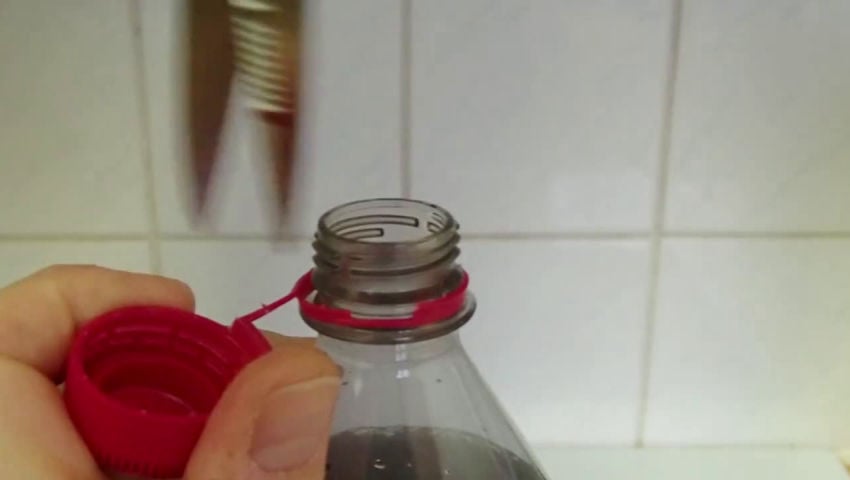

It depends on your prescription, the material you choose, coatings and such. The shape of the lenses or the type of beveling have no impact on the price, unless they’re highly curved with a step bevel for instance.
My lenses are standard polycarbonate lenses with a basic scratch-resistant coating. But I have astigmatism and I need progressives, so the lenses come out at $400. And usually I also order a pair for far and near (not progressive) and they’re like $200 per.
That’s the only problem with the registration tabs in my design: it requires notching the bevel of the lenses - meaning you have to work up the courage to bring a file to brand-new lenses you just paid a sizeable portion of your last paycheck for 🙂












It’s getting quite good, and considering what I paid for it, it’s very very good indeed 🙂